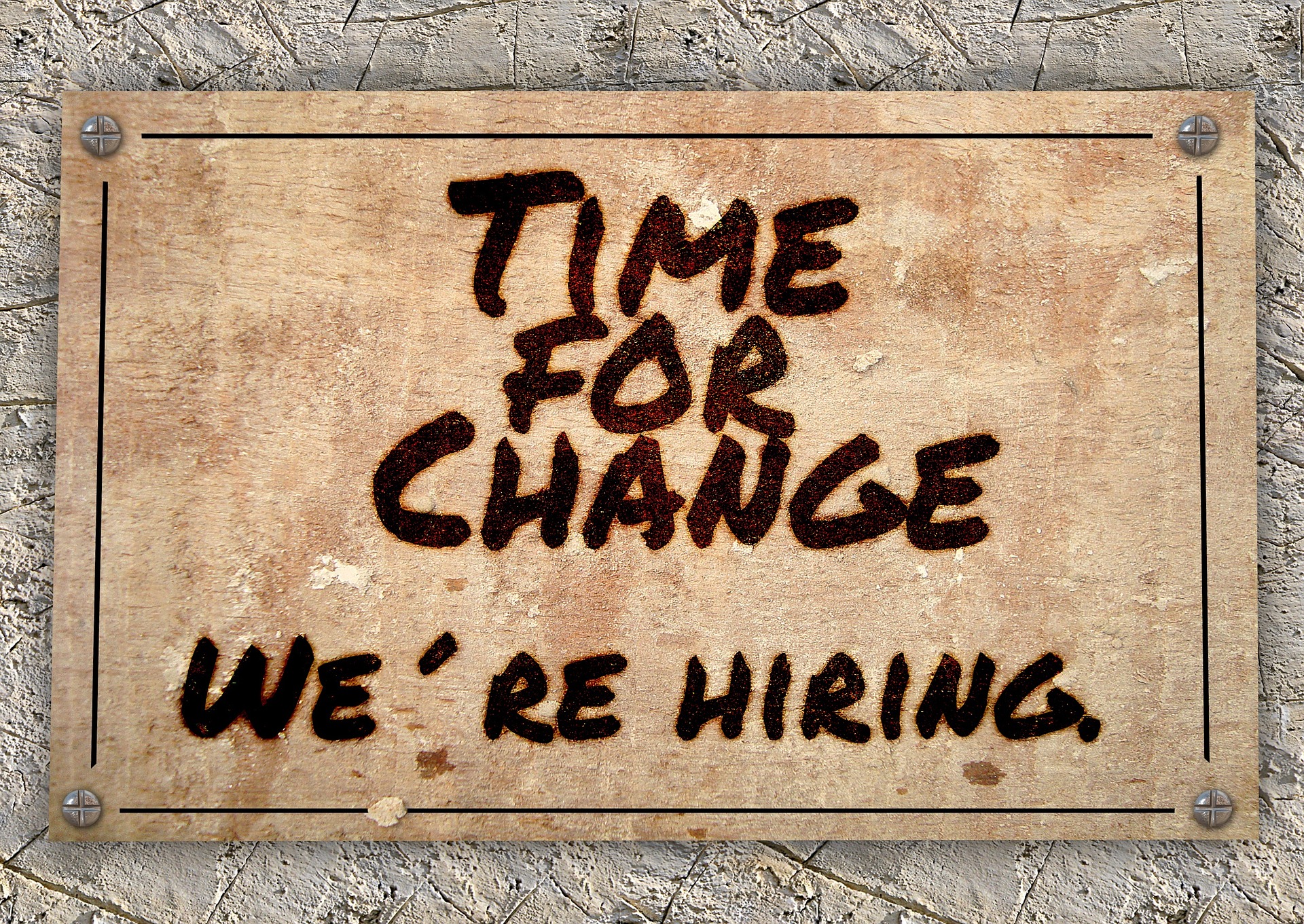This is a contributor’s blogpost …
As a small business owner, there will be a point in the future when demand for your product or service outstrips your ability to supply. And it’s at this time when you have to ask yourself a few big questions – do you need to start hiring? How do I get started? And what happens if I employ the wrong person? In this guide, we’re going to go through everything a small business owner needs to know about the hiring – and firing – process. Let’s get started with the absolute basics.

Photo Courtesy of Geralt via Pixabay
Is it Necessary?
The first step in the hiring process is to establish whether or not it is actually needed. It’s important to remember that hiring full-time employees and getting them on your books can be an incredibly expensive process. You have to pay them, whether or not your business’s productivity actually warrants it. And there are taxes, National Insurance contributions, and benefits to consider, too. You also have to remember that you may need to buy equipment for your employees to use, pay for their training, and even for their desk space. With all this in mind, you might be better off finding an outsourced partner instead of taking on employees. Going down this route means you will only have to pay for the work needed, helps you avoid the additional costs of hiring people, and buys you instant expertise.
Understanding the Basics of Human Resources
Before you decide to hire anyone, it is essential that you understand your obligations as an employer. A quick look over at HR specialists Croner reveals there is a huge range of issues that you must have knowledge of when you start the employment process. There is Employment Law, of course, but you also need to know how to deal with recruitment, selection, and discipline issues. Good HR practices also involve managing factors such as diversity, change in the workplace, and knowing how to hold discrimination and harassment investigations. With this knowledge in mind, it might even be worth your while making sure your first employee is, in fact, an HR professional.
Finding the Right People
OK, so once you know all about your obligations, it’s time to start the employment process. The first step is to ensure you have a clear opening in your company and create a job role to fulfill your needs. In every small business, there is an element of ‘all hands to the pump,’ of course. But ultimately, you need to attract candidates with specific skills and experience to carry out a particular role. However, it can be tricky to find the right candidates, who may be tempted to join your bigger rivals instead. It is vital that you ensure that you articulate a clear vision to prospective candidates, be definite about what you are looking for, and attract the right people by putting a focus on your company culture and offering opportunities and self-development.

Photo Courtesy of Tumiso via Pixabay
The Training Process
Another critical aspect of the hiring process is to ensure your employees are up to standard. Regardless of their previous experience, they will need some time to bed into your company, and a thorough training program can help speed things up a little. Don’t forget about areas such as Health and Safety, either. As much as the subject matter doesn’t appeal to most people, it’s part of your obligations as an employer to make sure all your staff understands safe working practices, and that you sign them off as evidence they have received the right instructions.
Managing Employees
Running a business is one thing, but leading a team in your business is another entirely. It can be tough for small businesses to develop enough trust to let people get on with their jobs, and many independent owners are guilty of micromanaging. If you have no experience managing people, it is worth looking around for some basic management courses which are relevant to your industry.
Discipline and Grievances
Finally, not every employee you hire will be a perfect fit, and no matter what your business there will always be the occasional bad apple that pops up. It is vital that you understand that there are strict rules and regulations regarding disciplinary procedures – it’s just not as easy as firing someone you don’t like. Typically, your disciplinary policy should explain the process, which usually involves a verbal warning, and a written warning, before you can even think about firing someone. Again, it’s another good reason for making your first employee a part of your human resources team, which will help you ensure you don’t end up on the receiving end of an unfair dismissal claim.

